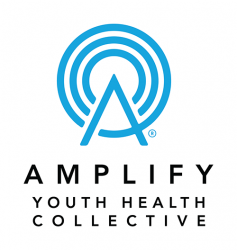We never know what traumas someone has experienced or what could trigger a trauma response for someone. As more and more research has come to show that many young people are experiencing high levels of trauma, it's essential that we work to create safer spaces for young people in schools. This includes ensuring that sex education will not become a re-traumatizing experience for survivors.This training will cover the basics of trauma, small “t” vs. big “T” trauma, and how Adverse Childhood Experiences (ACEs) can play a part in sex education. We will cover six key principles of trauma-informed sex education and work on strategies to implement in the classroom. This training will have interactive small and large group discussions and provide opportunities for participants to work through scenarios to practice principles they learned in the session.
In this training, participants will:
- Define trauma.
- Review relevant and current data on trauma.
- Examine how trauma relates to sex education.
- Learn key principles for trauma-informed sex education.
- Discuss concrete strategies of a trauma-informed approach in the classroom.
- Practice applying a trauma-informed approach to sex education curriculum analysis and tailoring.
- Share age-appropriate strategies for infusing consent into sex education.
- Determine other preparations and next steps.



